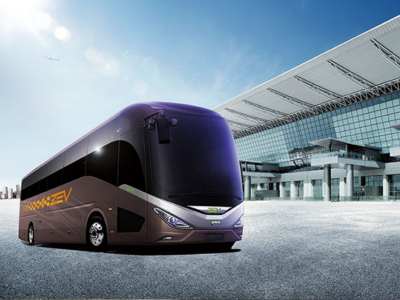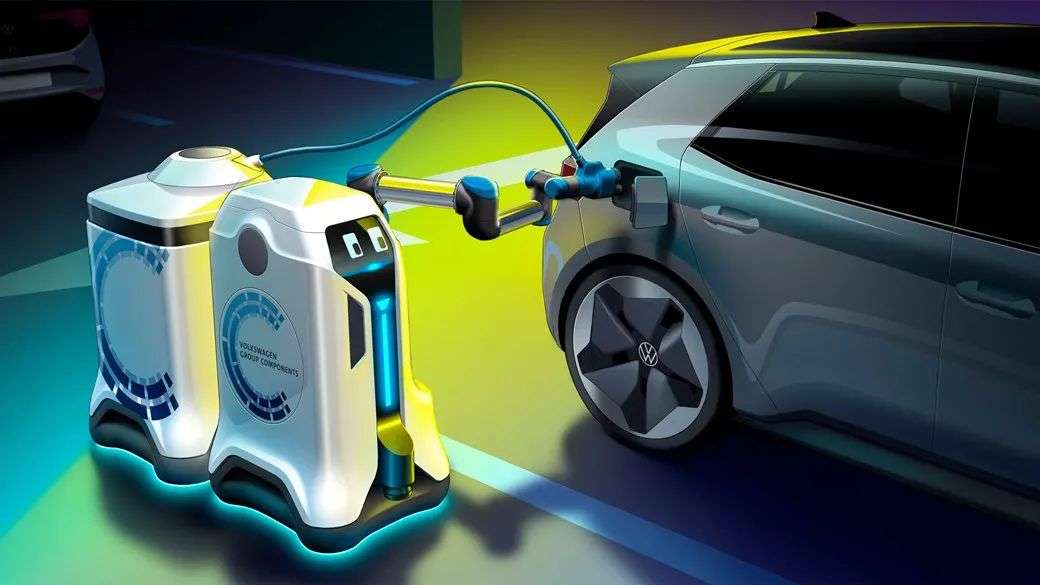The Heart of an Electric Vehicle - Electric Drive System
Electric vehicles (EVs) are revolutionizing the automotive industry, and at the core of this transformation lies the electric drive system. This integral component not only powers the vehicle but also defines its performance, efficiency, and overall driving experience. In this blog, we’ll delve into the intricacies of electric drive systems, exploring their components, advantages, and how they contribute to the future of transportation.
What is an Electric Drive System?
An electric drive system consists of several key components that work in harmony to convert electrical energy into mechanical energy, propelling the vehicle forward. The primary elements of an electric drive system include:
Electric Motor
The electric motor is the heart of the drive system. Unlike internal combustion engines, electric motors provide instant torque, delivering powerful acceleration with minimal noise. There are several types of electric motors used in EVs, including:
- AC Motors: Widely used for their efficiency and reliability, AC motors are suitable for various driving conditions.
- DC Motors: Though less common, DC motors are still used in some applications due to their simplicity and cost-effectiveness.
- Permanent Magnet Motors: These motors use magnets to create a magnetic field, resulting in higher efficiency and performance.
Power Electronics
Power electronics manage the flow of electrical energy between the battery and the motor. They convert direct current (DC) from the battery into alternating current (AC) for the motor and control the speed and torque of the vehicle. Key components of power electronics include:
- Inverters: These devices convert DC to AC and regulate motor speed.
- Controllers: Controllers optimize motor performance by adjusting parameters based on driving conditions.
Energy Storage System
The energy storage system, typically a battery pack, stores electrical energy for use by the electric motor. Lithium-ion batteries are the most common type used in EVs due to their high energy density, longevity, and efficiency. Factors affecting battery performance include:
- Capacity: Measured in kilowatt-hours (kWh), it indicates how much energy the battery can store.
- Charging Speed: Fast charging capabilities allow drivers to recharge their vehicles quickly.
- Lifecycle: The lifespan of a battery influences the overall cost and efficiency of the EV.
Transmission
While many electric vehicles do not require a traditional transmission, some may use a single-speed transmission or a fixed gear ratio. This simplification reduces mechanical complexity, allowing for smoother acceleration and deceleration.
Advantages of Electric Drive Systems
Electric drive systems offer numerous benefits over traditional internal combustion engines, making them a preferred choice for modern transportation:
Efficiency
Electric drive systems convert over 70% of electrical energy from the grid to power at the wheels, significantly higher than the efficiency of gasoline or diesel engines.
Environmental Impact
By producing zero tailpipe emissions, electric drive systems contribute to cleaner air and reduced greenhouse gas emissions, supporting global efforts to combat climate change.
Low Maintenance
Electric motors have fewer moving parts than internal combustion engines, leading to reduced wear and tear, lower maintenance costs, and longer vehicle lifespans.
Performance
With instant torque delivery, electric vehicles provide a responsive and exhilarating driving experience. The ability to control motor performance through advanced software allows for enhanced driving dynamics.
The Future of Electric Drive Systems
As technology continues to evolve, the electric drive system is poised for further advancements. Innovations such as solid-state batteries, improved power electronics, and enhanced motor designs promise to boost efficiency, range, and performance.
Additionally, the integration of smart technologies, including vehicle-to-grid (V2G) systems, will enable EVs to not only consume energy but also return it to the grid, fostering a sustainable energy ecosystem.
Conclusion
The electric drive system is truly the heart of an electric vehicle, playing a pivotal role in its operation and performance. As we move towards a more sustainable future, understanding and appreciating the complexities of electric drive systems will become increasingly important. With ongoing advancements and a growing focus on sustainability, electric vehicles are set to redefine our transportation landscape, making them a vital part of our journey toward a greener tomorrow.
































